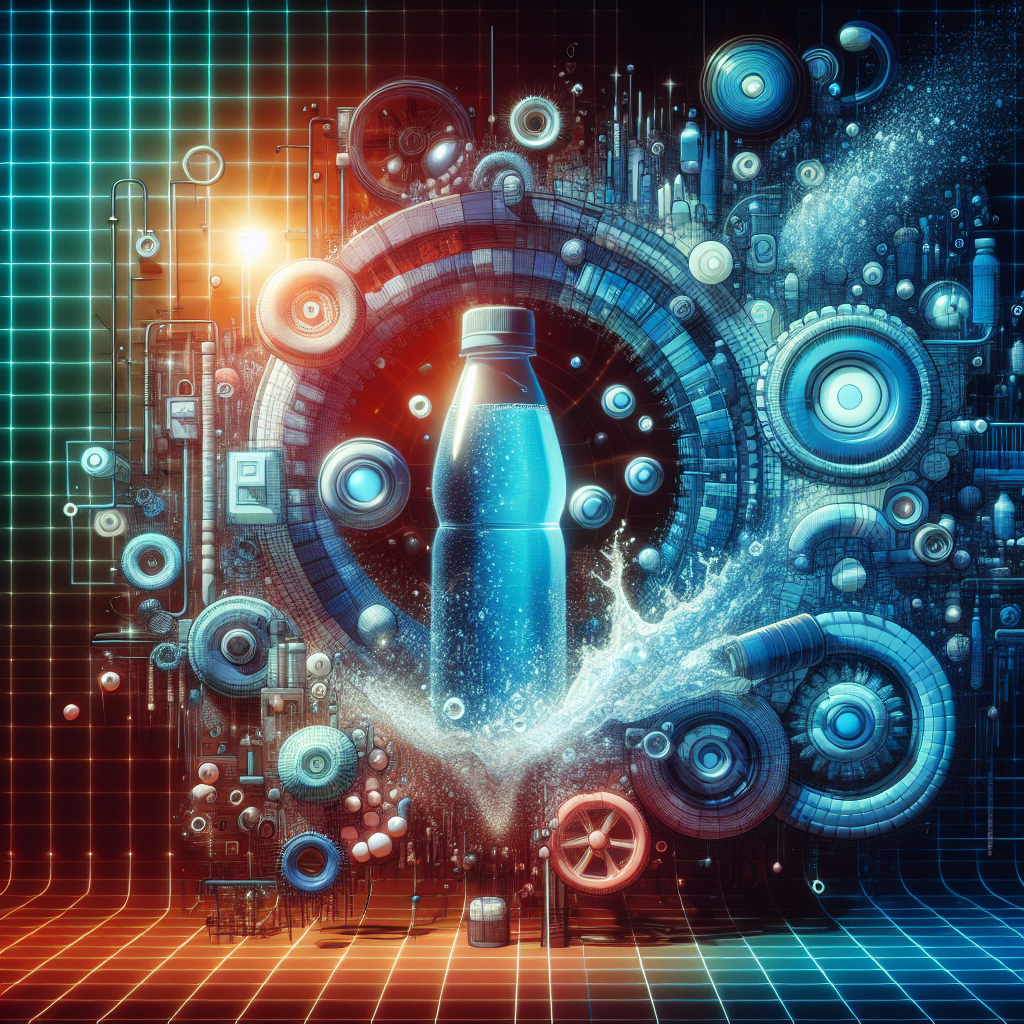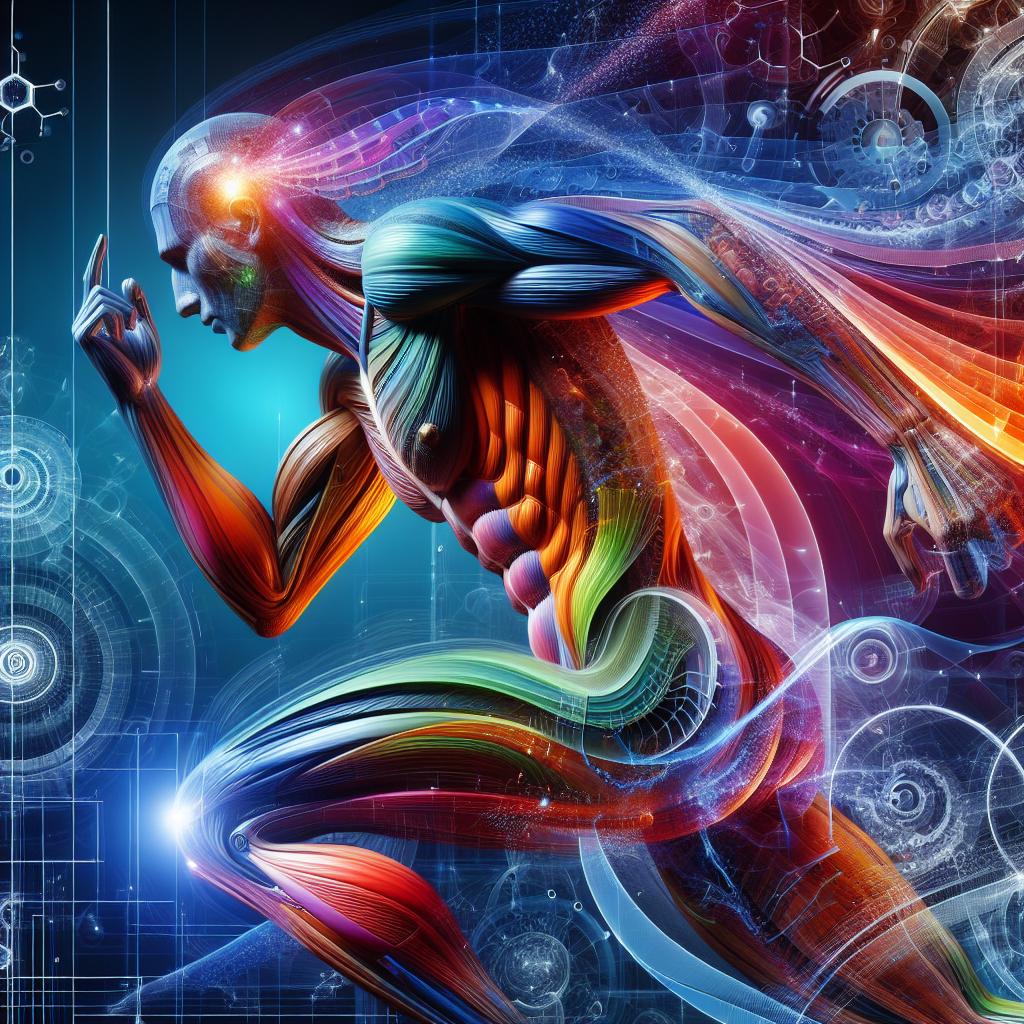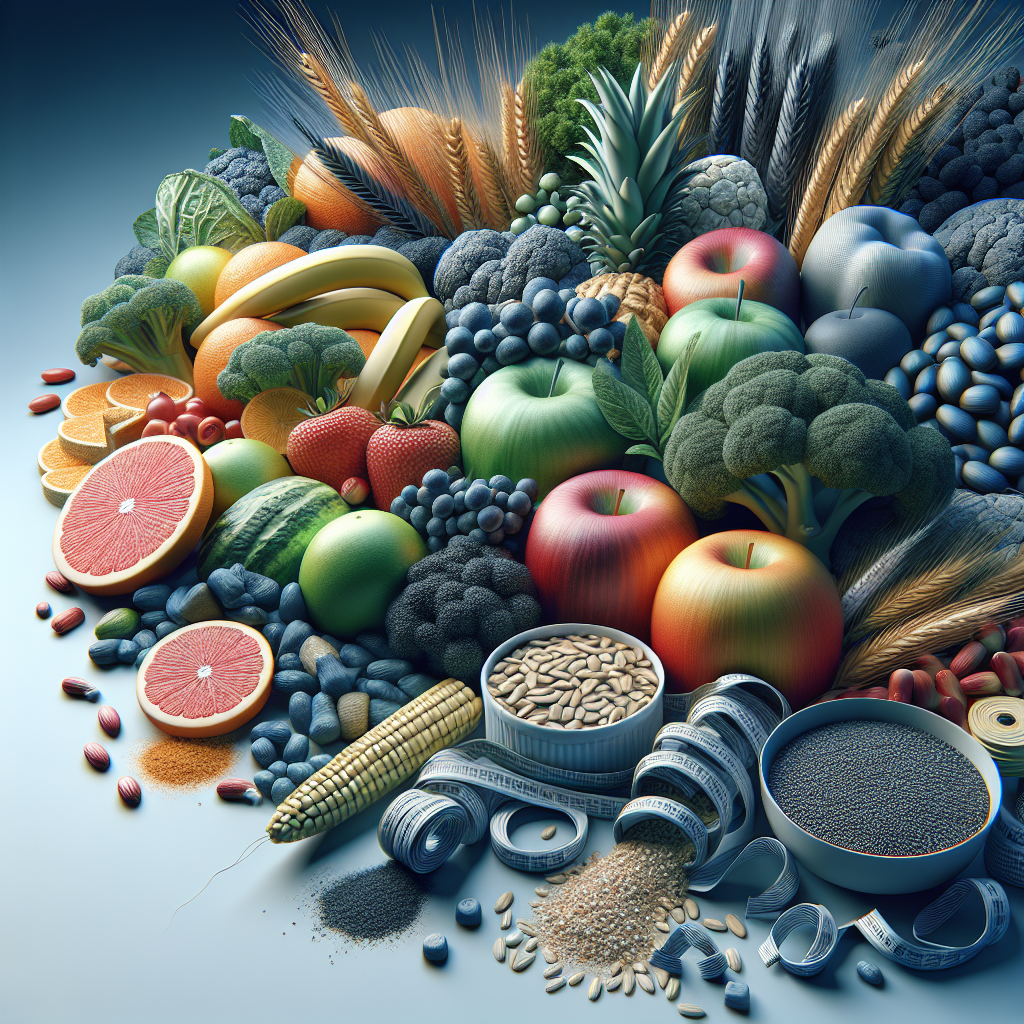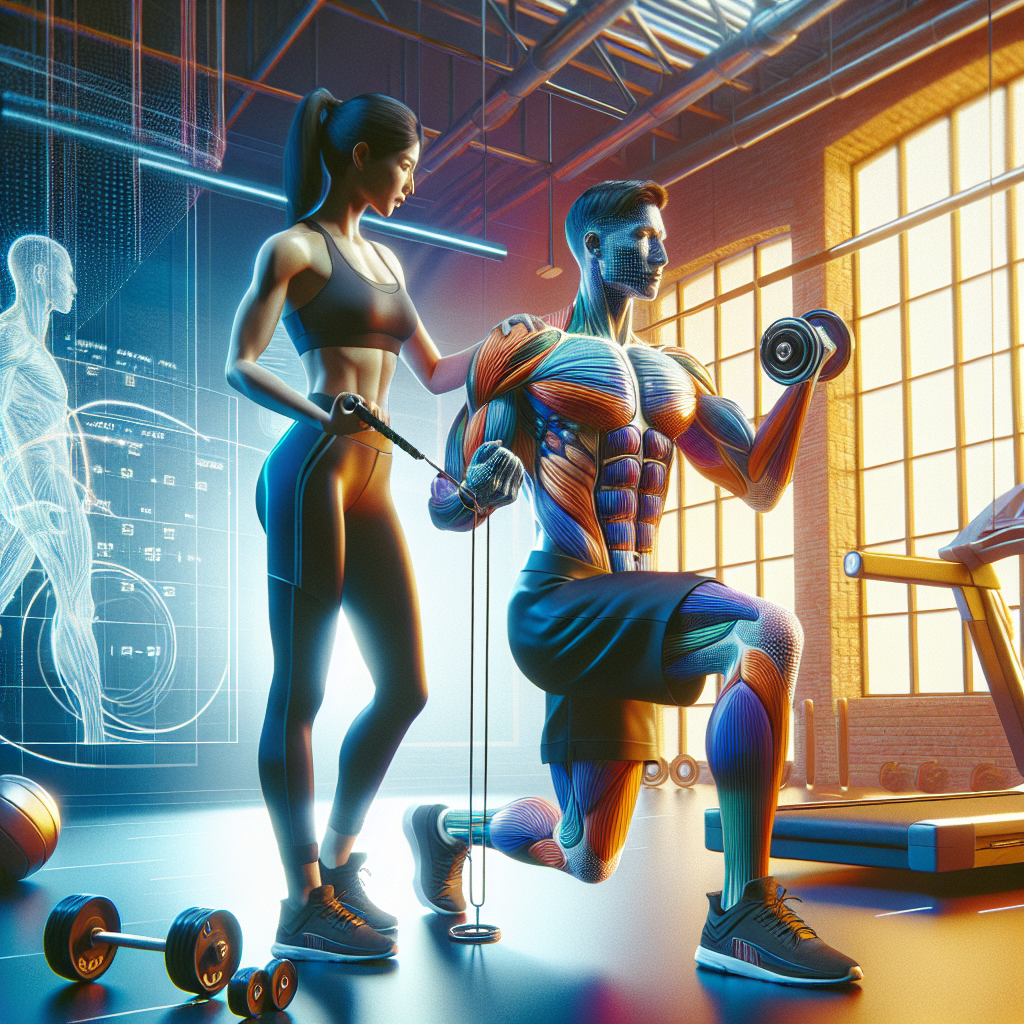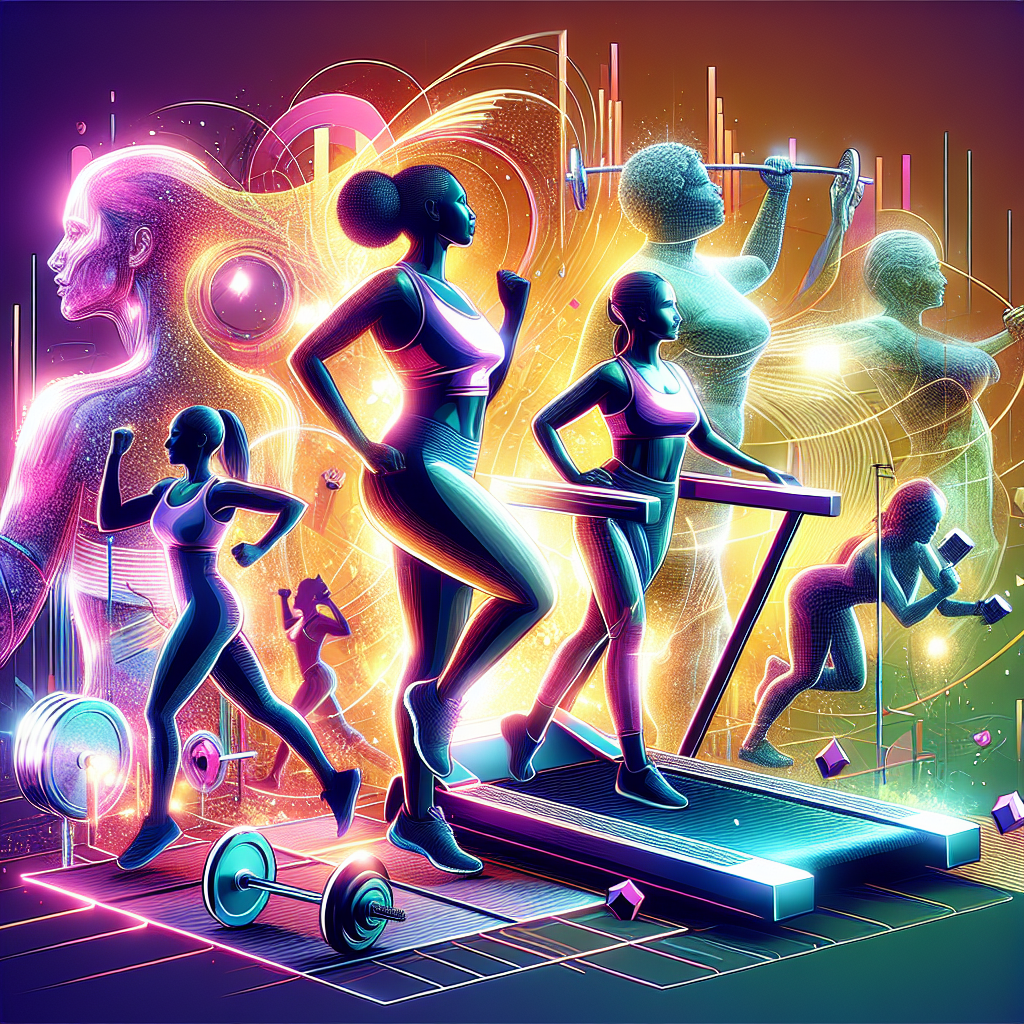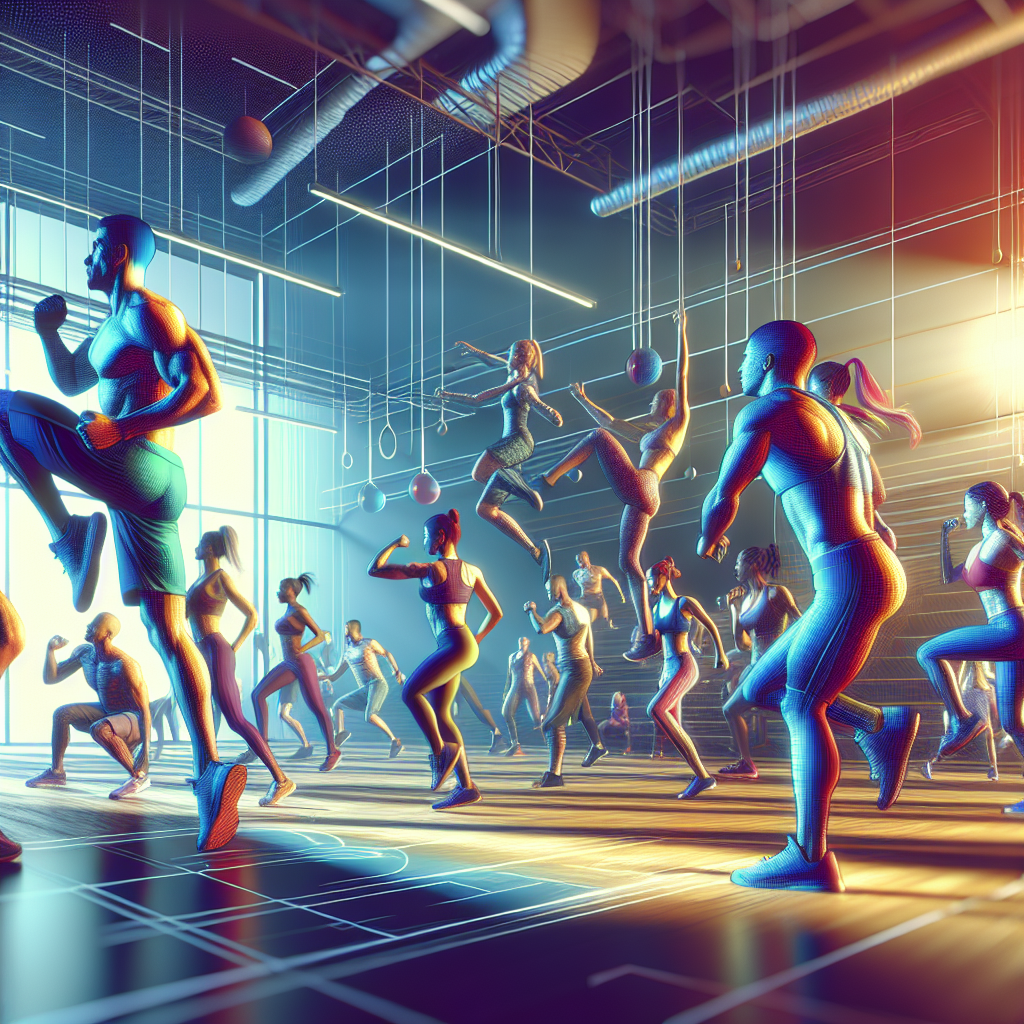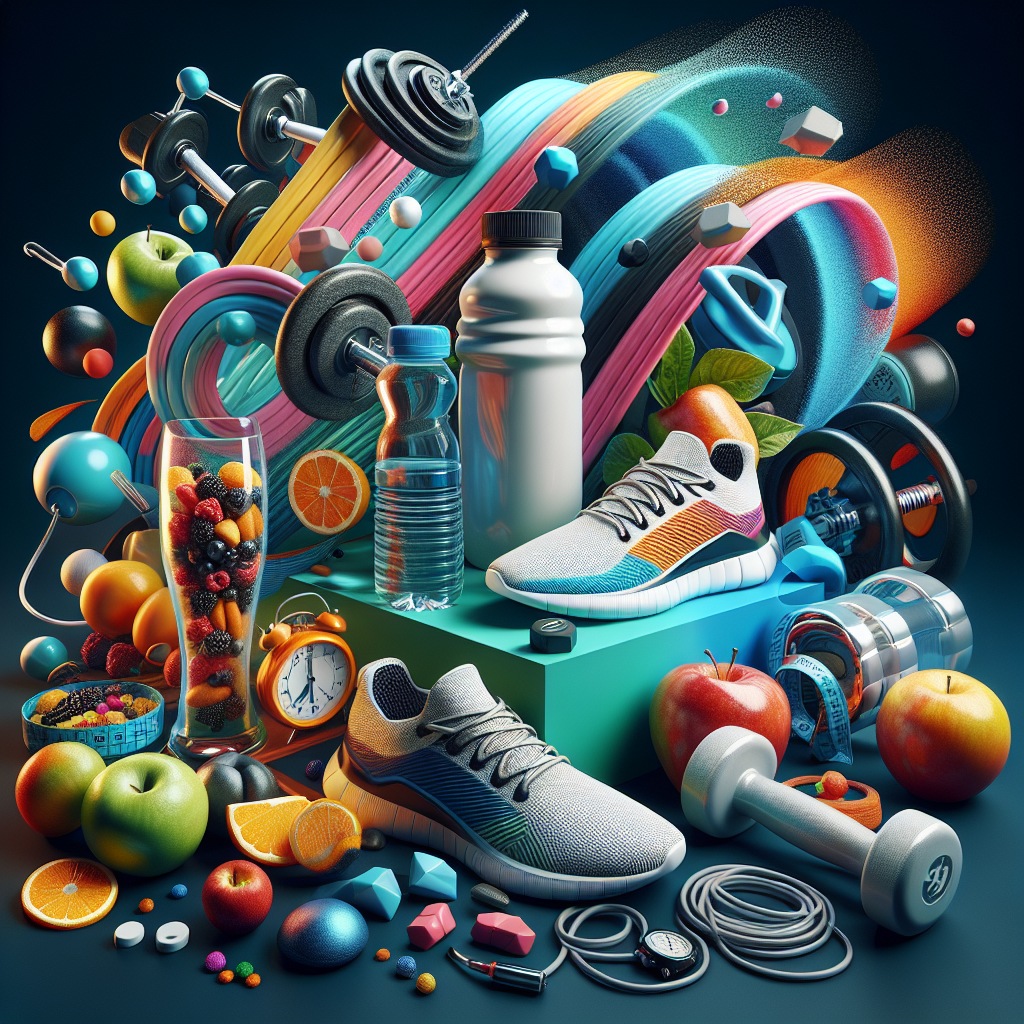Staying adequately hydrated is crucial for maintaining optimal health and well-being. In 2025, with the growing emphasis on health consciousness and advancements in nutritional science, understanding the nuances of hydration has never been more important. This article delves into effective strategies for keeping hydrated, discussing fluid requirements, innovative hydration products, the role of diet, technology’s influence on hydration monitoring, and tips tailored for specific lifestyles and demographics.
Understanding Your Hydration Needs
The foundation of effective hydration starts with recognizing individual fluid requirements. Various factors influence how much water one should drink, including:
- Body Composition: Lean muscle tissue requires more water than fat tissue, making hydration needs vary by individual.
- Activity Level: Athletes or individuals with active lifestyles need more fluids to counterbalance water loss through sweat.
- Environment: Hot or humid conditions can significantly increase the need for hydration.
- Health Status: Illness or medical conditions may alter hydration requirements.
General Recommendations
The National Academies of Sciences, Engineering, and Medicine provides a general guideline often referred to as the "8×8 rule" (eight 8-ounce glasses per day). More detailed recommendations suggest:
| Gender | Daily Water Intake (Liters) | Daily Water Intake (Ounces) |
|---|---|---|
| Men | 3.7 liters | 125.1 ounces |
| Women | 2.7 liters | 91.2 ounces |
Given these standards, a personalized hydration strategy is essential.
Innovative Hydration Products of 2025
With the evolution of health products, numerous innovative solutions have emerged that cater to hydration needs:
Smart Water Bottles
Smart water bottles are designed to track daily water intake and remind users to drink water throughout the day. Key features include:
- Proprietary Mobile Apps: Many smart bottles sync with mobile applications to provide real-time hydration data and personalized reminders.
- Custom Alerts: Users can set specific hydration goals based on their activity level and environmental conditions.
Electrolyte Supplements
Electrolytes play a crucial role in hydration, especially for those engaged in intense physical activities. In 2025, advanced electrolyte supplements have gained popularity:
- Hydration Powders: Concentrated powders that are easily mixed with water, providing essential electrolytes without added sugars.
- Effervescent Tablets: Convenient tablets that fizz and dissolve in water enhancing both flavor and electrolytic balance.
Hydration-Infused Foods
The emergence of food products specifically designed to contribute to hydration has also become a trend. Examples include:
- Water-Rich Fruits and Vegetables: Foods like cucumbers, watermelon, and oranges not only hydrate but also provide essential vitamins and minerals.
- Hydrating Snacks: Convenience items such as electrolyte-infused gels or sports bars designed for on-the-go hydration.
Dietary Considerations for Better Hydration
Your diet directly influences hydration levels. Integrating specific food groups can significantly boost fluid intake.
Fruits and Vegetables
Incorporating fruits and vegetables with high water content can greatly enhance hydration. Key choices include:
- Cucumbers (95% water)
- Lettuce (96% water)
- Celery (95% water)
- Strawberries (91% water)
Hydration-Boosting Beverages
Not all fluids are equal when it comes to hydration. Here are some beverages that can efficiently contribute to your daily intake:
- Coconut Water: Contains electrolytes and is low in calories.
- Herbal Teas: A great choice for hydration without caffeine.
- Broths and Soups: These not only hydrate but also provide nourishment.
Foods High in Electrolytes
Electrolytes are essential for maintaining fluid balance. Foods to consider include:
- Bananas: High in potassium.
- Spinach: A source of magnesium and calcium.
- Nuts and seeds: Provide magnesium and other electrolytes.
Leveraging Technology for Hydration
As of 2025, technology continues to advance, providing valuable tools for staying hydrated. Here’s an overview:
Hydration Tracking Apps
Several applications have been developed to track hydration patterns comprehensively:
- User-Friendly Interface: Easy logging of daily fluid intake.
- Alerts and Notifications: Timely reminders that enhance adherence.
- Integration with Wearable Devices: Syncs with fitness trackers for real-time data analysis.
Wearable Devices
Wearable technology can help monitor not just physical activity but also hydration levels:
- Smart Watches: Some models now include sensors that measure hydration status through sweat analysis.
- Fitness Bands: Certain bands can notify users of decreased hydration levels during workouts.
Hydration Tips for Specific Lifestyles
Depending on your lifestyle, hydration needs can vary significantly. Below are tailored tips for various demographics:
For Athletes
Athletes require more precise hydration strategies due to fluid loss during training and competition.
- Pre-Workout: Aim to hydrate thoroughly 2-3 hours before exercise.
- During Exercise: Consume fluids every 15-20 minutes, especially during intense sessions.
- Post-Workout: Replenish lost fluids and electrolytes through strategic intake of sports drinks.
For Office Workers
Desk jobs pose unique challenges for hydration. Here are strategies to stay hydrated:
- Keep a Water Bottle Handy: A large water bottle can serve as a visual cue to drink more water.
- Schedule Hydration Breaks: Set hourly reminders to encourage water intake.
- Infuse Water: Add flavors like lemon or mint to encourage drinking more throughout the day.
For Seniors
Elderly individuals often have decreased thirst sensation, increasing their risk for dehydration.
- Regularly Scheduled Drinks: Encourage scheduled fluid intake, aiming for small amounts every hour.
- Monitor Symptoms: Look out for signs of dehydration, such as dry mouth and fatigue.
For Children
Children’s hydration needs are critical, especially during active play or sports.
- Lead by Example: Encourage drinking water during family activities.
- Fun Water Bottles: Colorful, appealing designs can motivate kids to drink more.
- Flavor it Up: Incorporate natural flavors from fruits to make water more attractive.
Environmental Considerations
Climate change and environmental shifts impact hydration needs significantly.
Heat Impacts Hydration
Increased temperatures can speed up dehydration. Therefore, individuals should consider:
- Monitoring Weather Conditions: Hydration needs may increase in hot weather.
- Indoor Cooling: Use air conditioning as needed to stay comfortable and lessen fluid loss through sweat.
Hydration and Climate Awareness
Understanding local climate impacts can guide effective hydration strategies:
| Climate Zone | Increased Hydration Strategies |
|---|---|
| Tropical Climate | Frequent water breaks; cooling drinks |
| Dry, Arid Regions | Electrolyte beverages; hydrating foods |
| Cold Climates | Warm hydration options (soups, teas) |
Common Misconceptions Around Hydration
Separating fact from fiction is key to effective hydration. Here are some prevalent myths to debunk:
-
Myth: You can rely solely on thirst to gauge hydration.
- Fact: Thirst is often not a reliable indicator, especially in older adults.
-
Myth: All fluids count equally toward hydration.
- Fact: Caffeinated beverages may lead to increased urination and fluid loss.
- Myth: One-size-fits-all hydration recommendations exist.
- Fact: Hydration needs vary widely based on numerous factors.
Conclusion
Staying hydrated in 2025 requires a multifaceted approach encompassing technology, dietary choices, and personalized strategies. By understanding individual hydration needs and utilizing available resources, including innovative products, tracking technology, and dietary options, anyone can ensure they achieve optimal hydration.
Remaining committed to hydration routines not only enhances physical performance and energy but also contributes to overall well-being, making it a fundamental aspect of maintaining a healthy lifestyle in the modern world. Embrace these strategies today to secure a healthier tomorrow, and ensure you are always one step ahead in your hydration journey.
